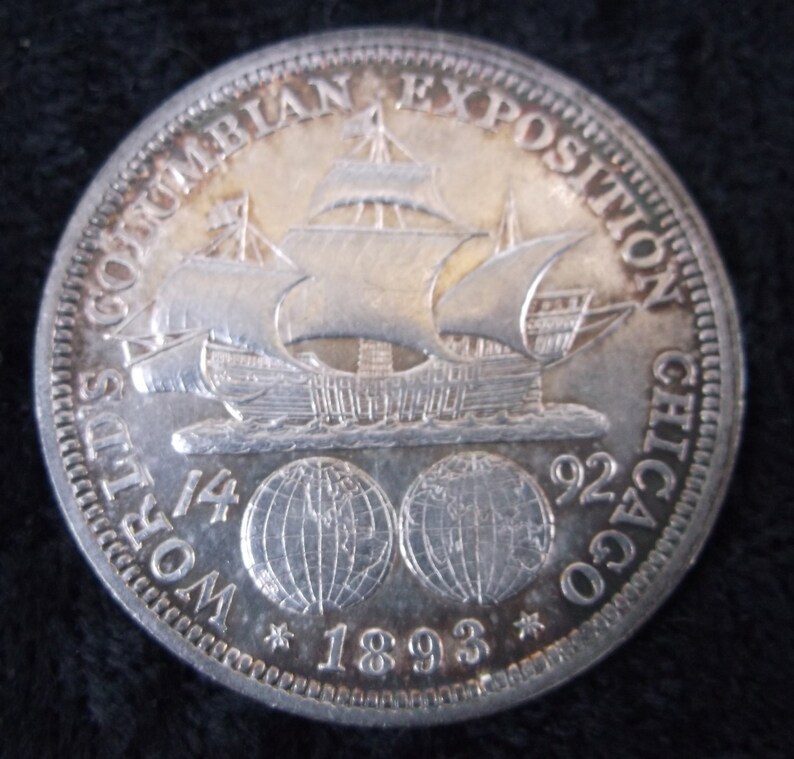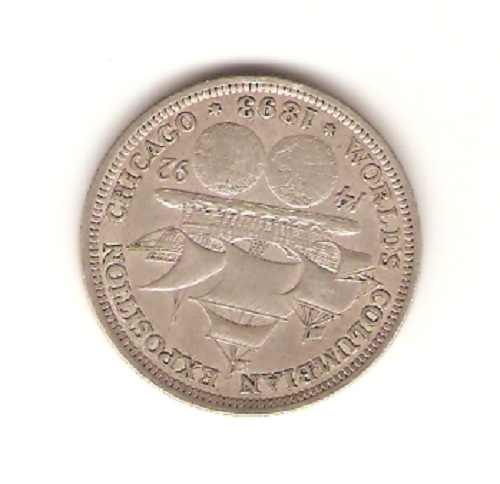

World's fairs, such as London's 1851 Crystal Palace Exhibition, had been successful in Europe as a way to bring together societies fragmented along class lines. The fair was planned in the early 1890s during the Gilded Age of rapid industrial growth, immigration, and class tension. Schwab, Chicago railroad and manufacturing magnate John Whitfield Bunn, and Connecticut banking, insurance, and iron products magnate Milo Barnum Richardson, among many others. Many prominent civic, professional, and commercial leaders from around the United States participated in the financing, coordination, and management of the Fair, including Chicago shoe company owner Charles H. History Planning and organization įinal vote in the United States House of Representatives on location of the 1893 World's Fair 10.4 Inventions and manufacturing advances.9 "Greatest Refrigerator on Earth" fire tragedy.


2.3 Country and state exhibition buildings.1.3 Assassination of mayor and end of fair.Chicago has commemorated the fair with one of the stars on its municipal flag. The debt for the fair was soon paid off with a check for $1.5 million (equivalent to $45.2 million in 2021). On October 9, 1893, the day designated as Chicago Day, the fair set a world record for outdoor event attendance, drawing 751,026 people. In addition to recognizing the 400th anniversary of the discovery of the New World by Europeans, the fair also served to show the world that Chicago had risen from the ashes of the Great Chicago Fire, which had destroyed much of the city in 1871. The fair continued until October 30, 1893. Its scale and grandeur far exceeded the other world's fairs, and it became a symbol of the emerging American Exceptionalism, much in the same way that the Great Exhibition became a symbol of the Victorian era United Kingdom.ĭedication ceremonies for the fair were held on October 21, 1892, but the fairgrounds were not actually opened to the public until May 1, 1893. More than 27 million people attended the exposition during its six-month run. The exposition covered 690 acres (2.8 km 2), featuring nearly 200 new (but deliberately temporary) buildings of predominantly neoclassical architecture, canals and lagoons, and people and cultures from 46 countries. Artists and musicians were featured in exhibits and many also made depictions and works of art inspired by the exposition. Many prominent architects designed its 14 "great buildings". The color of the material generally used to cover the buildings' façades (white staff) gave the fairgrounds its nickname, the White City. It was designed to follow Beaux-Arts principles of design, namely neoclassical architecture principles based on symmetry, balance, and splendor. It was the prototype of what Burnham and his colleagues thought a city should be. The layout of the Chicago Columbian Exposition was, in large part, designed by John Wellborn Root, Daniel Burnham, Frederick Law Olmsted and Charles B. The exposition was an influential social and cultural event and had a profound effect on American architecture, the arts, American industrial optimism, and Chicago's image. Chicago had won the right to host the fair over several other cities, including New York City, Washington, D.C., and St.

The centerpiece of the Fair, held in Jackson Park, was a large water pool representing the voyage Columbus took to the New World. The World's Columbian Exposition (also known as the Chicago World's Fair) was a world's fair held in Chicago in 1893 to celebrate the 400th anniversary of Christopher Columbus' arrival in the New World in 1492.


 0 kommentar(er)
0 kommentar(er)
